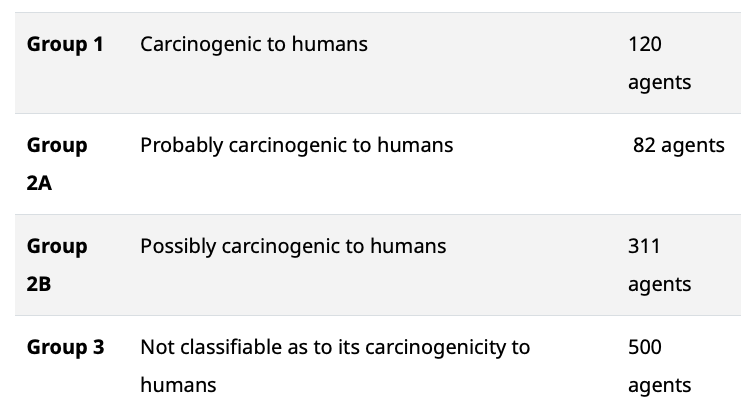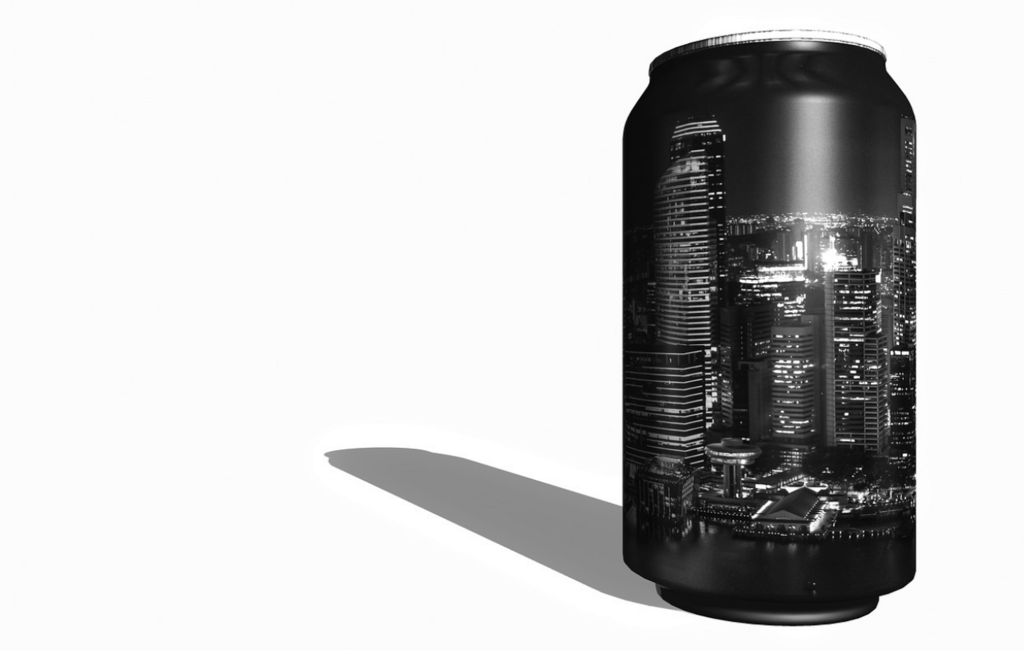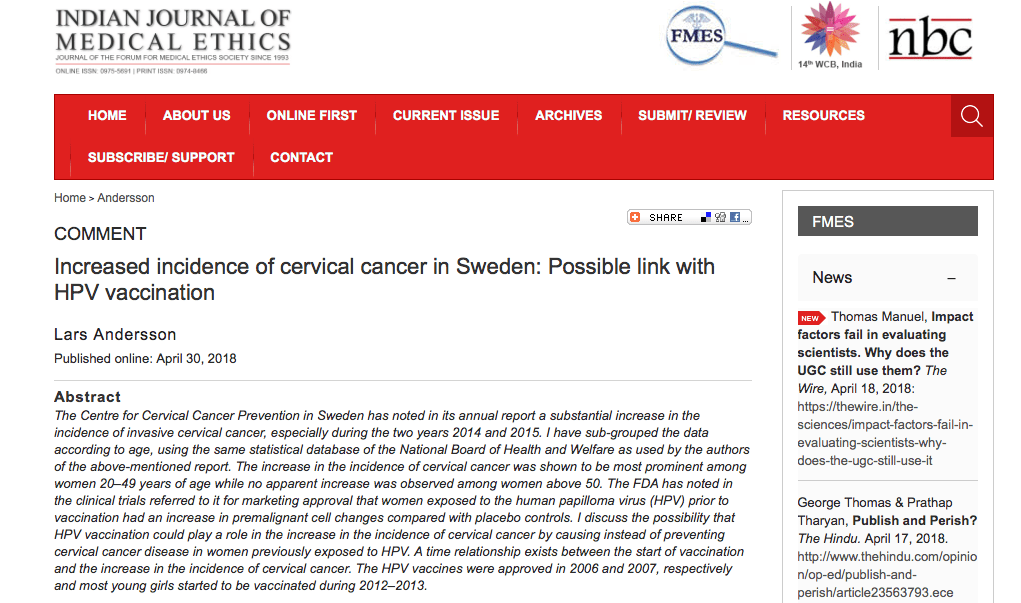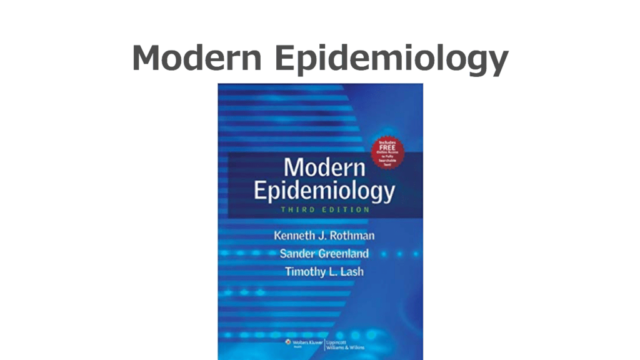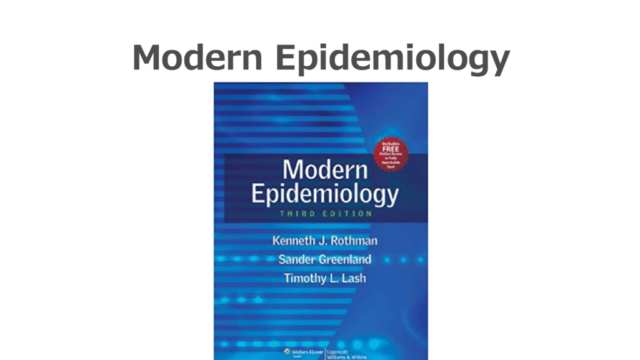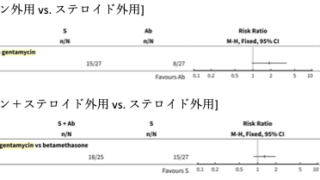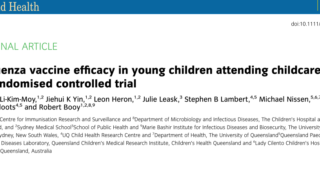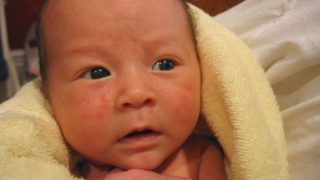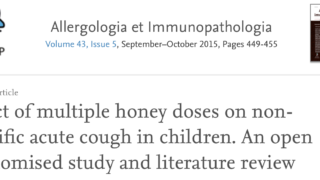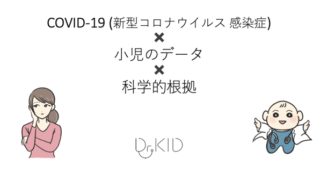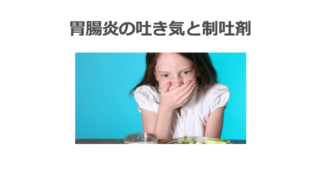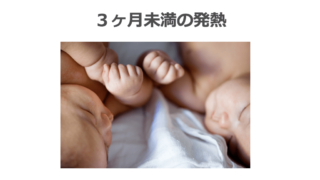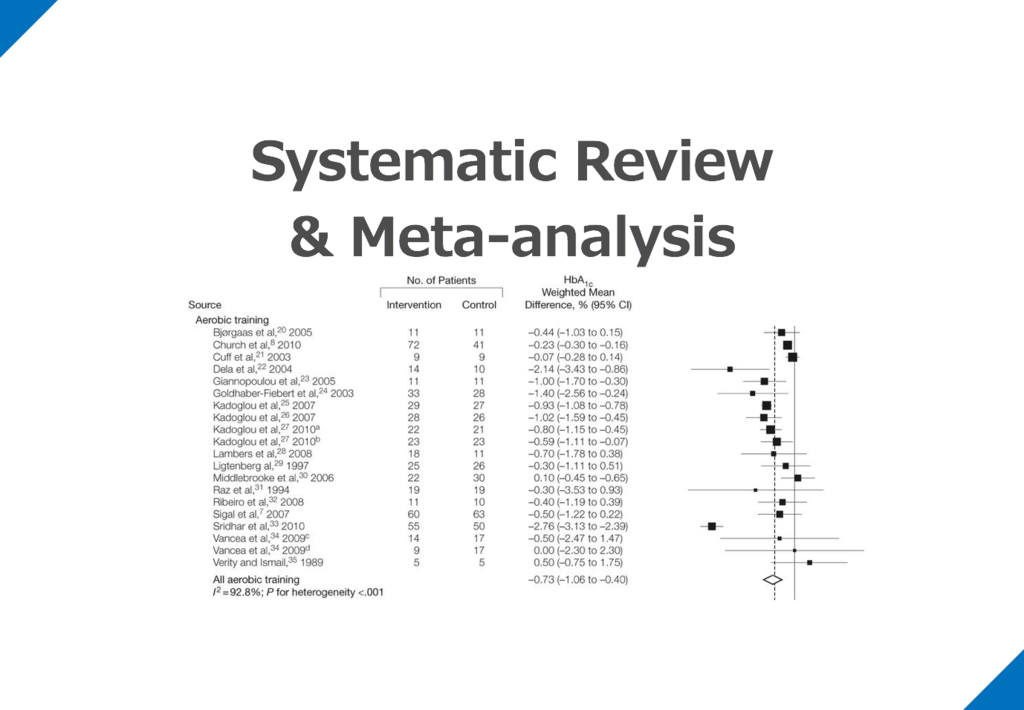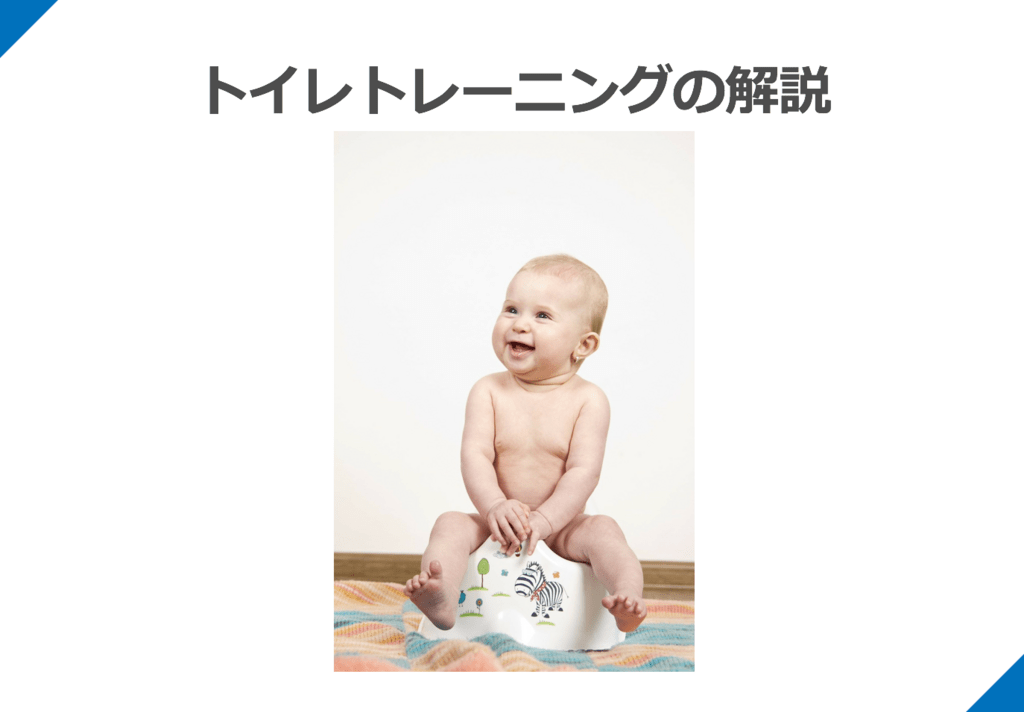世界保健機関(WHO)の一機関に国際がん研究機関(International Agency for Research on Cancer, IARC)があります。
IARCは、主に、人に対する発がん性物質・要因を評価し、5段階に分類しています。主な分類は以下の通りです:
| グループ | 解釈 |
| 1 | ヒトに対して発がん性は確立されている (Established carcinogenic) |
| 2A | ヒトに対して、おそらく発がん性あり (Probable carcinogenic) |
| 2B | ヒトに対して発がん性がある可能性あり (Possible carcinogenic) |
| 3 | ヒトに対する発がん性は分類できない (not classifiable) |
| 4 | ヒトに対する発がん性は、おそらくない (Probably not carcinogenic) |
日本の農林水産省のページや、IARCのページにも詳しく書かれていますので、気になる方はそちらも参照にすると良いでしょう。
Cancer Epidemiologyの教科書はこちら↓
エビデンスとIARC分類について
IARC分類ですが、これは過去に行われた研究をもとに決められています。ここの研究を評価した結果、エビデンスが十分か否かを判断した上で分類されています。
エビデンスも、
- Sufficient evidence
- Limited evidence
- Inadequate evidence
- Lack of carcinogenicity
の4つに大きく分けられます。
Sufficient Evidence | 十分なエビデンスとは?
十分なエビデンス(suggicient evidence)とは、暴露因子とがんの発症に因果関係があるとすでに確立された状態を言います。
Sufficient evidence. A positive causal relationship has been established between exposure and occurrence of cancer.
Limited Evidence | 制限のあるエビデンスとは?
制限のあるエビデンス(Limited evidence)とは、暴露因子をがんの発症に因果関係が示唆されてデータはあるが、交絡やバイアスによるあ可能性が除外できないものを言います。
Limited evidence. A positive causal association has been observed between exposure to the agent, for which a causal interpretation is credible, but chance, bias, confounding cannot be rolled out.
Inadequate Evidence | 不十分なエビデンスとは?
不十分なエビデンスとは、過去の研究の質や検定力などが不十分で、因果関係があるのかないのか、判断ができない状態です。
Inadequate evidence. Available studies are of insufficient quality, consistency or statistical power to permit a conclusion regarding the presence or absence of a causal relationship.
Lack of carcinogenicity | おそらく発がん性はないとは?
異なる用量を含めて適切な研究が行われ、おそらく暴露因子と発がん性に因果関係がないと一貫して行われている状態です。
Evidence suggesting lack of carcinogenicity. Several adequate studies covering the full range of doses to which humans are known to be exposed are mutually consistent in not showing a positive association between exposure to the agent and any studied cancer at any level of exposure.
Group 1 | Carcinogenic humans
Group1は、ヒトに対する発がん性のエビデンスが十分にある状態を言います。
例外的に、エビデンスは十分とは言えないが、動物実験での結果が十分にあり、メカニズムからも強く示唆するエビデンスがある状態を言います。
| Group | Human | Animal | Mechanism | その他 |
| 1 | S | |||
| < S | S | Yes |
*S = sufficient; <S = less sufficient
This category is used when there is sufficient evidence of carcinogenicity in humans. Exceptionally, an agent may be placed in this category when evidence of carcinogenicity in humans is less than sufficient but there is sufficient evidence of carcinogenicity in experimental animals and strong evidence in exposed humans that the agent acts through a relevant mechanism of carcinogenicity.
Group 2
Group 2では、ヒトに対する発がん性のエビデンスはほぼ十分であるから、ヒトでのデータはないが動物実験では十分なエビデンスがあるものを含みます。かなり広範囲にカバーしているのがわかるでしょう。
- Group 2A
- Group 2B
の2つに分かれていますが、これは過去に研究の質や量などを参考に決められています。「Probable」とか「Possible」という表現がされますが、これは定量的に決められているというより、定性的な決められ方です。
This category includes agents for which, at one extreme, the degree of evidence of carcinogenicity in humans is almost sufficient, as well as those for which, at the other extreme, there are no human data but for which there is evidence of carcinogenicity in experimental animals.
Agents are assigned to either Group 2A (probably carcinogenic to humans) or Group 2B (possibly carcinogenic to humans) on the basis of epidemiological and experimental evidence of carcinogenicity and mechanistic and other relevant data. The terms probably carcinogenic and possibly carcinogenic have no quantitative significance and are used simply as descriptors of different levels of evidence of human carcinogenicity, with probably carcinogenic signifying a higher level of evidence than possibly carcinogenic.
Group 2A | Probably carcinogenic
おそらく発がん性があるという分類ですが、
- ヒトにおけるエビデンスは限定的だが、動物実験は十分になる
- ヒトにおけるエビデンスは不十分だが、動物実験は十分で、メカニズムを強く支持するエビデンスがある
- ヒトにおけるエビデンスは限定的だが、類似に分類される物質が既にGroup 1 or 2Aに分類されている
| Group | ヒト | 動物 | メカニズム | その他 |
| 2A | L | S | ||
| I | S | Yes | ||
| L | Group 1/2A |
*S = sufficient; <S = less sufficient; I = inadequate; L = limited
This category is used when there is limited evidence of carcinogenicity in humans and sufficient evidence of carcinogenicity in experimental animals. In some cases, an agent may be classified in this category when there is inadequate evidence of carcinogenicity in humans and sufficient evidence of carcinogenicity in experimental animals and strong evidence that the carcinogenesis is mediated by a mechanism that also operates in humans. Exceptionally, an agent may be classified in this category solely on the basis of limited evidence of carcinogenicity in humans. An agent may be assigned to this category if it clearly belongs, based on mechanistic considerations, to a class of agents for which one or more members have been classified in Group 1 or Group 2A.
Group 2B | Possibly carcinogenic
発がん性の可能性があるという分類ですが、
- ヒトにおけるエビデンスは限定的で、動物実験は十分ではない
- ヒトにおけるエビデンスは不十分で、動物実験は十分
- ヒトにおけるエビデンスは不十分、動物実験は十分ではないが、支持するメカニズムがある
| Group | ヒト | 動物 | メカニズム | その他 |
| 2B | L | <S | ||
| I | S | |||
| I | <S | Yes |
This category is used for agents for which there is limited evidence of carcinogenicity in humans and less than sufficient evidence of carcinogenicity in experimental animals. It may also be used when there is inadequate evidence of carcinogenicity in humans but there is sufficient evidence of carcinogenicity in experimental animals. In some instances, an agent for which there is inadequate evidence of carcinogenicity in humans and less than sufficient evidence of carcinogenicity in experimental animals together with supporting evidence from mechanistic and other relevant data may be placed in this group. An agent may be classified in this category solely on the basis of strong evidence from mechanistic and other relevant data.
Group 3 | Not classifiable
Group3は、発がん性に関して分類できないグループになります。「発がん性がない」というわけではない点に注意が必要です。このグループでは、
- ヒトにおいては不十分、動物実験では不十分 or 限定的
- ヒトにおいては不十分、動物実験は十分であるが、動物実験のメカニズムがヒトでは当てはまらない
- 他のグループに当てはまらない
ことを意味します。
Group 3だからと言って安全というわけではなく、単にさらなる研究が必要な状態が示唆されているだけです。
This category is used most commonly for agents for which the evidence of carcinogenicity is inadequate in humans and inadequate or limited in experimental animals. Exceptionally, agents for which the evidence of carcinogenicity is inadequate in humans but sufficient in experimental animals may be placed in this category when there is strong evidence that the mechanism of carcinogenicity in experimental animals does not operate in humans. Agents that do not fall into any other group are also placed in this category. An evaluation in Group 3 is not a determination of non-carcinogenicity or overall safety. It often means that further research is needed, especially when exposures are widespread or the cancer data are consistent with differing interpretations.
| Group | ヒト | 動物 | メカニズム | その他 |
| 3 | I | I/L | ||
| I | S | ヒトでは x |
(*S = sufficient; <S = less sufficient; I = inadequate; L = limited)
Group 4 | probably not carcinogenic
Group 4はおそらく発がん性はないと思われる状態です。発がん性がないことが示唆された研究結果が、人でも動物でも十分にある状態を言います。
あるいは、ヒトにおいてのエビデンスは不十分であるが、動物実験で発がん性がないこが示唆されており、メカニズムからも強く支持されている場合に分類されることがあります。
- This category is used for agents for which there is evidence suggesting lack of carcinogenicity in humans and in experimental animals. In some instances, agents for which there is inadequate evidence of carcinogenicity in humans but evidence suggesting lack of carcinogenicity in experimental animals, consistently and strongly supported by a broad range of mechanistic and other relevant data, may be classified in this group.
まとめ
IARCの分類はかなりややこしいですが、わかりやすくすると以下のような分類になります。
ちなみに、2019年時点では、
- Group 1: 120
- Group 2A: 82
- Group 2B: 311
- Group 3: 500
が登録されています。
| Group | ヒト | 動物 | メカニズム | その他 |
| 1 | S | |||
| < S | S | Yes | ||
| 2A | L | S | ||
| I | S | Yes | ||
| L | Group 1/2A | |||
| 2B | L | <S | ||
| I | S | |||
| I | <S | Yes | ||
| 3 | I | I/L | ||
| I | S | ヒトでは x |
*S = sufficient; <S = less sufficient; I = inadequate; L = limited
Cancer Epidemiologyの教科書はこちら↓
